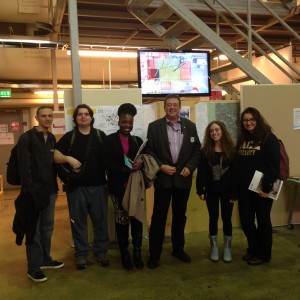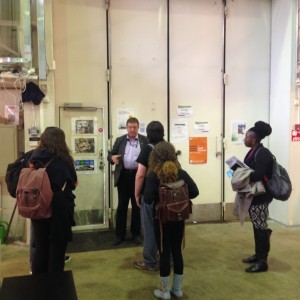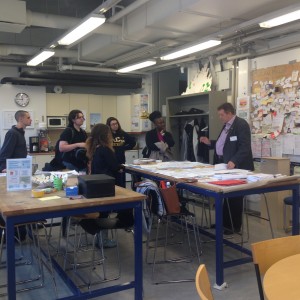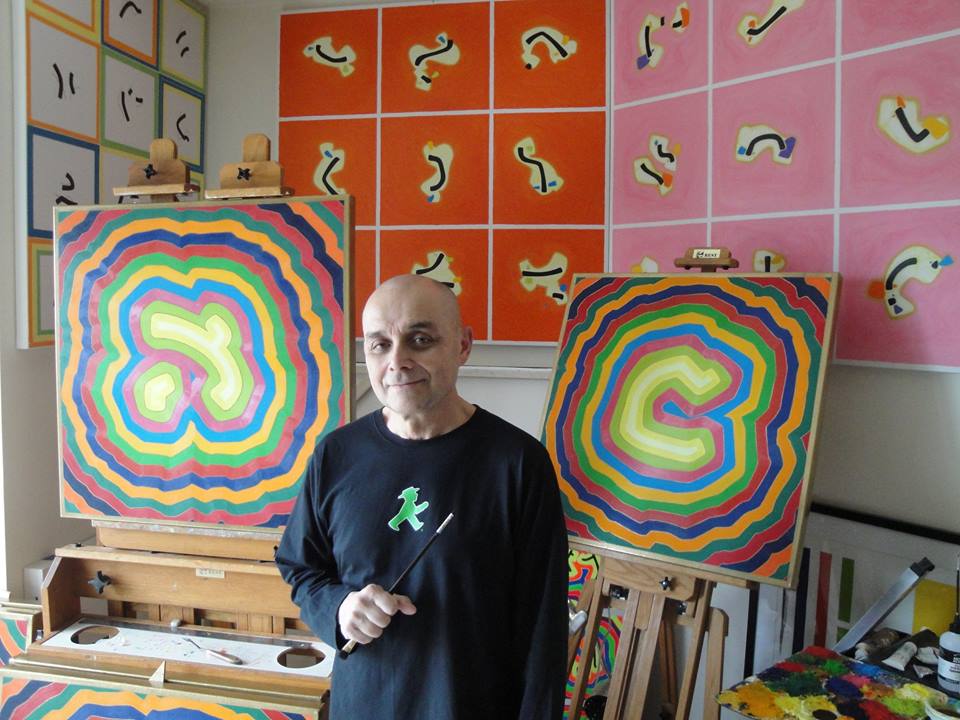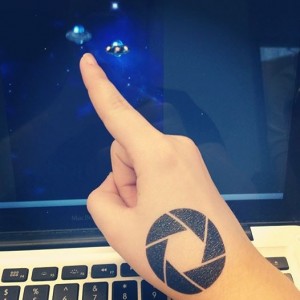Cue the anxiety and additional stress to your already packed workload: it’s time to talk about applying to Grad school. Many of you may already be in full swing of applications for starting school next fall, or if not, and you’ve still got a year or so before you start, we’ll give you a bit of insight on the process from start to finish. We decided to call up our ole pal and recent Seidenberg graduate Daniel Rings (CS ’14) to ask him a little about his process that led him to the steps of The University of Michigan to study Computer Science and Engineering, his first choice out of the schools to which he applied.
 In the start — an early start — Daniel suggests that you get all the preliminary paperwork and requirements out of the way. After deciding which schools you want to apply to (after visiting campuses or researching schools you’re interested in), the next step is to take care of the basics, like the GRE, gathering transcripts, getting a start on recommendations, and all the other generic paperwork that all applications will require. GRE testing is available all over the city — Rings took two practice tests leading up to the official exam.
In the start — an early start — Daniel suggests that you get all the preliminary paperwork and requirements out of the way. After deciding which schools you want to apply to (after visiting campuses or researching schools you’re interested in), the next step is to take care of the basics, like the GRE, gathering transcripts, getting a start on recommendations, and all the other generic paperwork that all applications will require. GRE testing is available all over the city — Rings took two practice tests leading up to the official exam.
When it comes to letters of recommendation, Daniel mentions that it’s crucial to ask your professors (the ones who have known you or worked with you at your best) as early as possible. Professors are busy people and — hate to break it to ya’ — your letter of recommendation is not going to be their first priority. Luckily, professors are understanding of the fact that your letters are important to you and your success, so giving your professors multiple reminders (constant, Daniel suggests. Daily, even) about the letters is definitely excusable.
Applications take time, for sure, and keeping on top of all their requirements while managing a full course load may be tough, but with a decent head start on the easy stuff (the aforementioned material), you’ll have plenty of time to focus each school’s own requirements. Schools vary on what they need for essays, portfolios (or Github for many of you), websites, interviews, and more. These are the harder parts, and Daniel mentioned the benefits of keeping a To-Do list to keep track of it all, and to have anyone at all read multiple drafts of your essays (even some rando on the train if need be). Time management is important, but Daniel says he didn’t sweat it too much; “On the days that I worked on the application, I played significantly less Smash Bros.”
In Daniel’s case, for many of his applications, he applied to the PhD tracks, since it’s understood that many universities are more willing to accept applicants who plan on sticking around for their PhDs. Even if you’re not yet planning on picking up a PhD (though you totally should, eventually), you may have a better shot at being accepted, and not all of the PhD tracks require full commitment.
Use your resources (professors, peers, mentors, etc) and use your time wisely! If you’ve still got a few years before the application process, don’t forget to start boosting your resume by getting involved around school or town — you know the drill. Daniel specifically mentioned that “a combination of [his] personal projects/hackathons and [his] most difficult classes” prepared him the most for Grad-life. There’s a lot of work to be done when it comes to applying to Grad programs, but you have all of Seidenberg’s support when you decide to take on the challenge!



